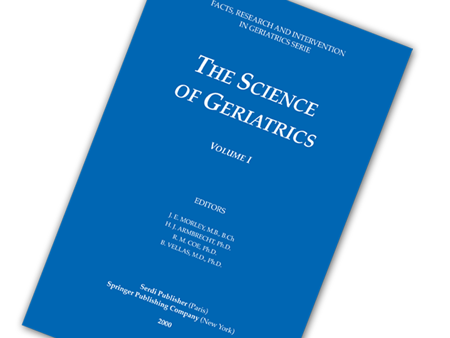The We and others have previously shown that polygenic risk score analysis (PRS) has considerable predictive utility for identifying those at high risk of developing Alzheimer’s disease (AD) with an area under the curve (AUC) of >0.8.
However, by far the greatest determinant of this risk is the apolipoprotein E locus with the E4 allele alone giving an AUC of ~0.68 and the inclusion of the protective E2 allele increasing this to ~0.69 in a clinical cohort. An important question is to determine how good PRS is at predicting risk in those who do not carry the E4 allele (E3 homozygotes, E3E2 and E2E2) and in those who carry neither the E4 or E2 allele (i.e. E3 homozygotes). Previous studies have shown that PRS remains a significant predictor of AD risk in clinical cohorts after controlling for APOE ε4 carrier status. In this study we assess the accuracy of PRS prediction in a cohort of pathologically confirmed AD cases and controls. The exclusion of APOE4 carriers has surprisingly little effect on the PRS prediction accuracy (AUC ~0.83 [95% CI: 0.80- 0.86]), and the accuracy remained higher than that in clinical cohorts with APOE included as a predictor. From a practical perspective this suggests that PRS analysis will have predictive utility even in E4 negative individuals and may be useful in clinical trial design
For your information: https://link.springer.com/journal/42415
Alleles V. Escott-Price , A. Myers , M. Huentelman , M. Shoai , J. Hardy, J Prev Alz Dis 2019;1(6):16-19



